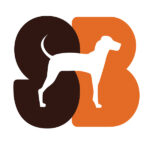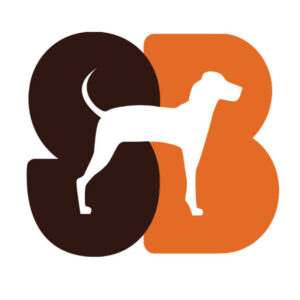
Health data management portal
Project for:
National Kidney Foundation of Michigan
This project was to develop a health data management portal. The portal would allow the National Kidney Foundation of Michigan Diabetes Prevention Program coaches submit data easily and allow admins to more easily track the program.

Expertise
Our scope included discovery, research, design and custom web development. We developed two React applications connected to an Azure database. It also needed to be compatible with the ACCESS database they used for data collection.

Client
The National Kidney Foundation of Michigan runs a number of programs to prevent kidney disease and help those living with kidney disease. The Diabetes Prevention Program is one of their major programs.

Timeline
The initial project was completed and ready to launch in three months. The NKFM team rolled out the portal in phases. We continue to maintain and add feature enhancements to the portal today.
Challenge
Coaches not keeping up with data entry
The National Kidney Foundation of Michigan needed a way to improve the efficiency of its data collection from coaches.
Its coaches were collecting data and submitting the stats through spreadsheets manually, but it wasn’t always on time. How might we design of a system for diabetes prevention so that coaches can easily submit data?
Solution
Design a health data management portal
Our goal was to design and develop the architecture of a portal that coaches could use to enter data.
The portal would have an app on one side where coaches would enter data, a central database, and also an app for administrators to receive and download the data.

Impact
The health data management portal streamlined data collection

Participant snapshot
Coaches had a screen where they could view progress of all the participants in a workshop, including their status, weight and physical activity trends over time.

Streamline session reporting
Coaches no longer needed to manage spreadsheets for tracking participant data. They had a single place to enter and submit data on a weekly basis.

Admin management
Program administrators had their own app where they could see when coaches had submitted their data and view it to approve or ask for coach edits. They could also export the data needed for federal grant reporting requirements.
Free Download
How UX improves the patient experience
Download our free guide in PDF format to see how UX can help your healthcare organization or medical tech product.





